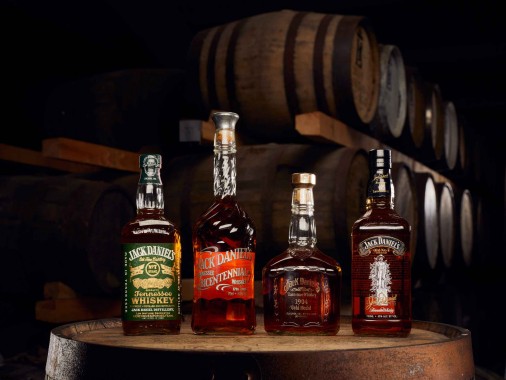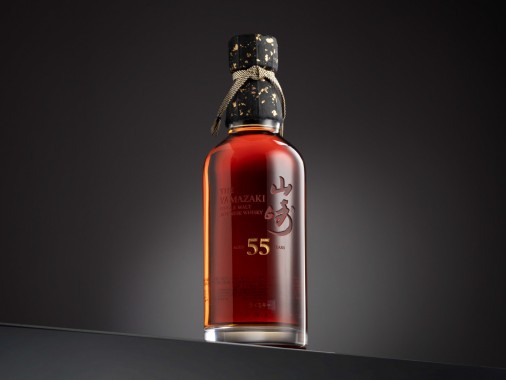 Springbank: The distillery spearheading new growth in Campbeltown
Springbank: The distillery spearheading new growth in Campbeltown Of the five recognised Scotch whisky regions, Campbeltown is by far the most sparsely populated in terms of production. Its history, however, is a dense and richly patterned tapestry of stories through which the constant and most significant thread is the Springbank distillery.
Located in the heart of the town, Springbank was legally established in 1828 when William Reid first obtained a license to distil there. The region, however, had been a hotbed of distilling activity for many years prior. In the previous decade, one Campbeltown coppersmith called Robert Armour is known to have produced 400 illicit stills in his workshop alone. Willing local artisans were only half the battle, however, and distillers primarily had the natural resources of the region to thank for their success. Among these were proximity to coal, good water and fertile barley farms – all within an 8-mile radius – while its coastal position on the Kintyre peninsula positioned it perfectly to trade with Scottish western isles, Ireland and importantly, the United States. Such were these advantages that by 1885, Campbeltown was home to no fewer than 21 distilleries, all but one of which was in the town itself.

Campbeltown Bay
The fate of the region for most of the 20th century was settled in its early decades though. The once prosperous distillers of Campbeltown were devasted in the 1920s by a pincer movement of industry collapse at home and the enactment of Prohibition across the Atlantic. Additional local factors such as the closure of Drumlemble coal mine and a diminishing preference among blenders for the traditional Campbeltown whisky character, meant the region was adversely affected by the wider decline and when the dust settled, only Springbank and Glen Scotia had survived. While both experienced subsequent difficulties and even further closures, the stability of J&A Mitchell& Co’s ownership saw Springbank afforded the opportunity to shine while Glen Scotia often languished under the indecision of its variety of proprietors over the decades.
One should be wary of ever considering good fortune to be the key driver of Springbank distillery’s success. To have achieved, as it has, the seemingly paradoxical reverence of both cult status and mainstream popularity at the same time is due to nothing more than dedication to its own craft. An early advocate for the single malt category, the Springbank brand appeared in the early 1960s and over the next three decades the distillery quietly took a pioneering approach that many may take for granted today. It was among the first, for example, to bottle single casks, to bottle at cask strength, to produce market- or importer-specific exclusives, and to bottle a 50-year-old whisky. Even the farm-to-bottle approach and organic whisky distilling favoured by so many new distillers of the 21st century were all practiced in Campbeltown first, with Springbank debuting its legendary Local Barley range in 1996, followed just three years later by the world’s first single malt to be certified with the Organic Standard of the Soil Association.

Malt heaps at Springbank distillery.
With a consistently reliable core range and regular output of limited releases, the Springbank brand has become a hallmark for quality whisky. Instantly recognisable, the logo for the distillery, incredibly, is unchanged since its introduction over 60 years ago. Not one to rest on its laurels however, the distillery has also done considerable heavy lifting in order to return some diversity to the output of the region, introducing heavily-peated and triple-distilled spirit production in 1973 and 1997, respectively. In a nod to the great heritage of the region, they are affectionately named after two lost Campbeltown distilleries, Longrow and Hazelburn, and have also become revered in their own right as exceptional single malts.
The beating heart of the region, Campbeltown owes much to Springbank distillery, not least the platform it has provided for the renaissance it is currently experiencing. While this has its origins in the early 2000s with the opening of Glengyle distillery and the rejuvenation of Glen Scotia as part of the Loch Lomond Group, it began in earnest in the last two years with the announcement of three new independent operations to be built over the remainder of the decade. Currently known as Machrihanish, Witchburn and Dál Riata, these will bring a fresh variety to the region that it has not been able to showcase for nearly 100 years and, as long as lessons are learned from history, may just be the beginning of something even bigger. At the forefront of any coming success, however, will always be Springbank. The enduring spirit of Campbeltown, it will forever be a monument to its illustrious past and is now also the centrepiece of an increasingly bright future.







